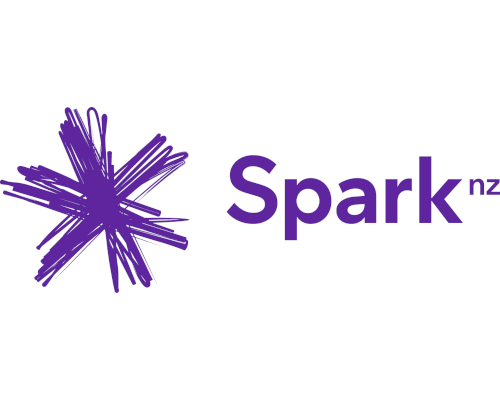Tuesday 7 November, 2017
Spark enhances IoT network capability, commencing trial on LTE network ahead of commercial launch
New Zealand’s largest telco takes a dual-network approach to enable flexible IoT solutions, trialing nationwide LTE Internet of Things network alongside a LoRa low-power network.
Spark will commence trials of an LTE Cat-M1 (M1) network during November, ahead of delivering a commercial network early in 2018. This new Internet of Things (IoT) capability will run on its core 4G network, covering 95% of the places New Zealanders live, work and play.
Spark’s General Manager for IoT, Michael Stribling, said, “M1 is a secure, high-quality network, ideal where sensors and devices are transferring large amounts of data regularly and real-time access to that data is critical.
“We’re working with customers on a broad range of use cases for M1, driven by its nationwide coverage and high performance. Great examples include vehicle telematics, smart metering, smart health devices and smart cities applications such as lighting and environmental monitoring.
“We’re excited about the possibilities of IoT and what it’ll enable New Zealanders to do, and we’re now close to having a market-ready service that’ll help bring those possibilities to life.”
Spark’s GM Networks, Colin Brown, said since announcing plans to be New Zealand’s enabler of IoT in July, Spark has been preparing the core network infrastructure that its M1 network will run on. This work builds upon Spark’s extensive experience delivering Machine-to-Machine (M2M) IoT solutions for a number of years.
“M1 enables machines to communicate effectively over 4G wireless technology, so we’ve continued to build on the $383 million of network investment made over the past year, progressing both our 4G and future-focused 4.5G capabilities.
“Customers will be able to leverage this to offer new and competitive products powered by a network that’s been purpose-built to support a wide range of uses – including mobile, wireless broadband and now IoT. We’re confident New Zealand will be well-set for future growth in this technology.”
Spark’s dual-network strategy
Spark is progressing a dual-network strategy for IoT. To complement M1, it is finalising a roll-out plan for the commercial launch of its low power LoRa network, which it has been testing in the industrial and agriculture markets, and expects to release further detail on in the coming weeks. This strategy involving both M1 and LoRa is consistent with the path of many European, Asian and US telecommunications companies.
“Already as we talk with customers we can see different uses for different IoT networks emerging,” said Stribling, “so it makes sense to provide multiple networks to answer the multiple needs of New Zealand organisations.
“With our leading networks, Spark’s management platforms, and the big data analytics expertise of Qrious making sense of all the information that IoT will deliver to customers, Spark is in a strong position to provide the broadest set of IoT solutions to its customers.”
ENDS



 RNZ: Parts Of Power System Could Be Out For 36 Hours In Event Of Extreme Solar Storm
RNZ: Parts Of Power System Could Be Out For 36 Hours In Event Of Extreme Solar Storm NZAS: New Zealand Association Of Scientists Awards Celebrate The Achievements Of Scientists And Our Science System
NZAS: New Zealand Association Of Scientists Awards Celebrate The Achievements Of Scientists And Our Science System Stats NZ: Retail Spending Flat In The September 2024 Quarter
Stats NZ: Retail Spending Flat In The September 2024 Quarter Antarctica New Zealand: International Team Launch Second Attempt To Drill Deep For Antarctic Climate Clues
Antarctica New Zealand: International Team Launch Second Attempt To Drill Deep For Antarctic Climate Clues Vegetables New Zealand: Asparagus Season In Full Flight: Get It While You Still Can
Vegetables New Zealand: Asparagus Season In Full Flight: Get It While You Still Can  Bill Bennett: Download Weekly - How would NZ telecoms cope with another cyclone
Bill Bennett: Download Weekly - How would NZ telecoms cope with another cyclone



